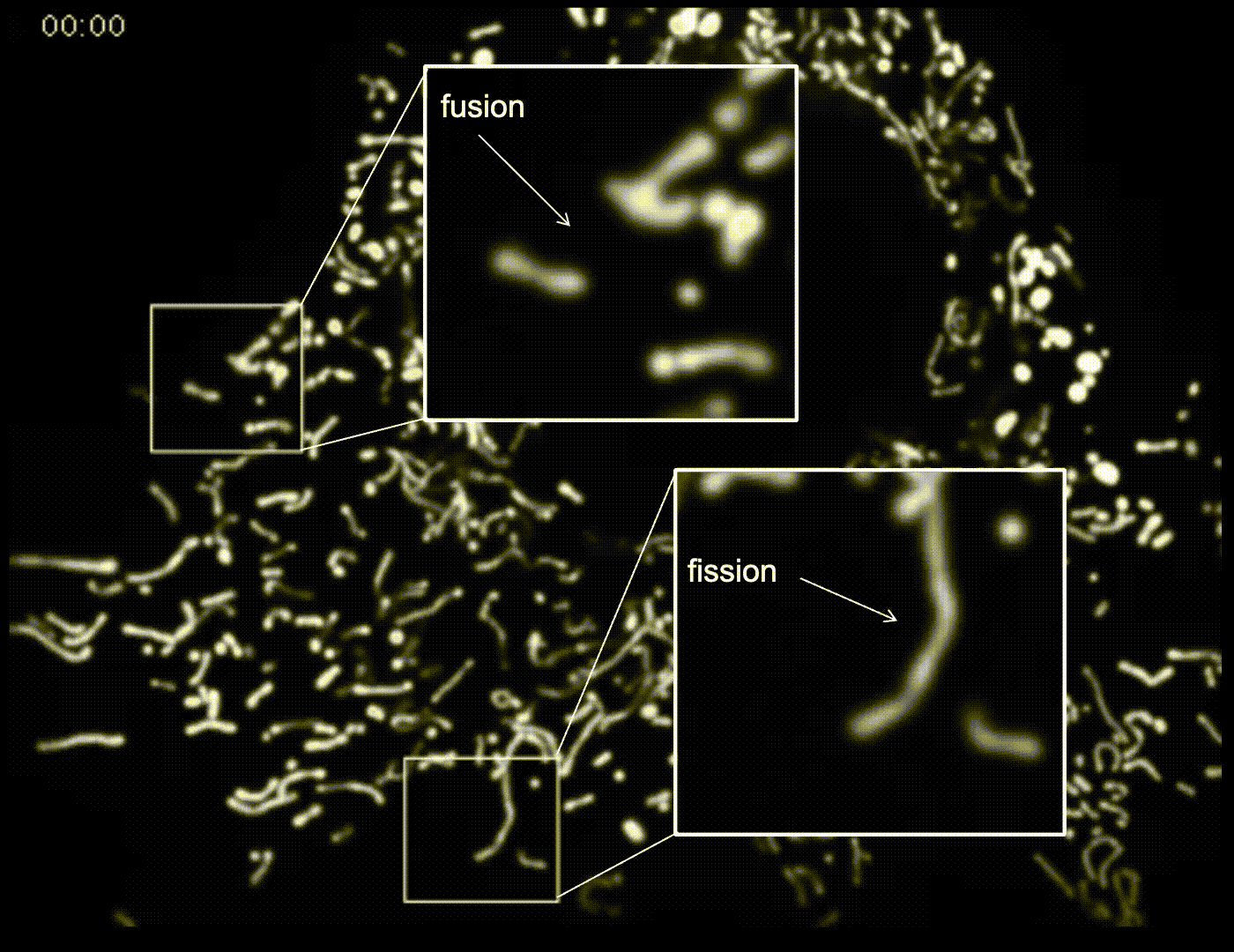Overview
One of the key features of life is that it is dynamic. This is true even for relatively stable biological systems that often appear deceptively static on the surface. But when you study them at the microscopic level you discover mind-bending levels of movement, turnover, and reshaping of subcellular structures, all being driven by molecular machines exerting forces. These activities are all precisely organized and must be coordinated in time and space for cells to function properly. One single misstep or misplacement of a cellular structure by even just a few nanometers could cause a cell or tissue to malfunction, and the cumulative damage of these mistakes over time will eventually lead to debilitating disease. Researchers have found, for instance, that improper regulation of mitochondria dynamics leads to many aging-related disorders including cancer and neurodegeneration. To understand how exactly these subcellular dynamics are disrupted in disease, we must be able to monitor and manipulate them with high spatiotemporal precision.


Thus, a major focus of our lab is to develop and apply advanced computational and molecular tools for microscopy. We use a multidisciplinary approach to determine how cells and tissues dynamically organize and maintain homeostasis over time in health and disease. To do this we develop and utilize genetic and viral tools, deep learning-based computational methods, patient- derived stem cell technology, transgenic animal models, and electrophysiological and behavioral assays. By dissecting the cellular and molecular mechanisms of diseases including neurodegeneration, hearing loss, and cancer, we aim to identify novel targets and pathways, as well as new diagnostic and molecular screening methods to identify candidate therapies for preclinical and clinical trials.

